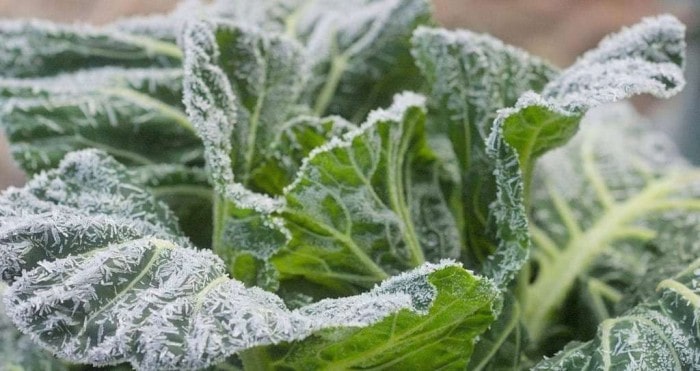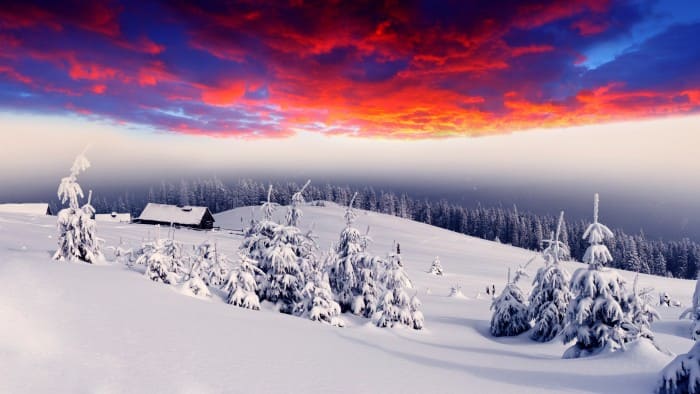
Many plants need to becovered or protectedin the cold weather. People take in consideration many parameters to safeguard plants and shrubs from the winters. Covering the plants’captures the earth’s heat that helps in their growth.However, not every plant needs special care when the temperature dips. Plants like azaleas, pansies, and hollies can survive without covering. Few plantswilt overnight and perk up the next day. Always consider the hardiness and location of the plant before covering the plant.
Moreover, the newer plants need proper care as compared to well-established plants that can still survive the harsh weather conditions. Few plants often struggle to survive in the cold that partially affects the plant, tree, and shrub. Some plants enter dormancy in the cold months, and some don’t. Take gardening experts help to ensure plant growth is not impacted in the winters.
What is Winter Burn?

Winter burn damagesthe plants inextremelycold temperatures, and it also occurs in late winter and early spring. Evergreen trees and shrubsare unable to dormant the damage caused by winter burn, low UV sunlight winter winds,high-altitude, and fluctuating temperatures.
While a few plants are dormant in colder months, as compared to evergreen plants that lose water vapor in the leaves. The plant leaves start browning and curling when they losemoisture;that’s the key feature of a winter burn.
Here are some tips for protecting plants in the winters
Clean up rotting
The old plants after monsoon start looking untidy. In order to protect them from harbor disease, funguses, andpests, cleaning is important. In few locations, unwanted insects lay eggs on the plant’s stalks and leaves, which need to be cleared. Burying these garden trenches adds organic matter to the soil, thereby improving the overall health of the soil. Cleaning is quite essential toprevent pests from the springtime.
Soil Test
A soil test is a way to determine the amendments needed to balance the pH value. After knowing the Soil pH, nutrients can be added to adjust the levels of potassium (K), calcium (Ca), phosphorus (P), sulfur (S), andmagnesium (Mg). The soil determines thelead content and the level of organic matter.
With the soil test, the lime and fertilizer can be used to improve the soil. Lime adjusts the soil pH and makes nutritional amendments at planting time in the spring. Fall is the best time to make soil amendments either by adding like manure, bone meal, kelp, compost,and rock phosphate. In this climate, adding nutrients is beneficial as it starts breaking down and enriches the soil. There is no point in waiting until the garden dries out in the spring and then working on the soil.
Fall tilling improves drainage,making it safe to cover the bed with plastic or other covering to safeguard from winter rains. It is advisable to remove the sheets in early spring so that the plants get enough nutrients.
Remove Invasive Weeds
After planting a raspberry patch or Himalayan blackberry in the garden’s borders, then comes the time to deal with the renegades. Gardeners dig that areaand burn them or place them in the trash. The invasive weeds are found in the compost heap, and removing them is the best way to prevent them from sprouting again and safeguard the next year’s crop.
If there are young trees or thin bark fruit trees, try to wrap them as the bark contracts in the cold and expands in warm temperatures which may split the bark. And also try to cover the edges anchored to the ground to protect it from the harsh weather. Commercial growers use row covering, or thinly woven polyester to reflect heat.
Cover crops
It is recommended to sow crops according to the season. Late summer or early fall is preferred for rye, clover or vetch. They prevent soil erosion, increase the organic matter level, and break up compacted areas. Some cover crops also add nutrients and increase the levels of nitrogen in the soil. It is suggested to plant cover crops approximately prior one month to protect it from frost. An expert seed provider will help you in identifying the best fall cover crop according to the region.
Compost
After the summer, nature’s microbes start preparing for the winter’s nap, but it’s essential to take care of the compost heap. It is a two-way opportunity as the composted material isready to go after the summer,and the rich material is used to cover the garden beds, provide nutrients to deficient soils, and nourish the soil to jumpstart growth in the springtime.
It is a way to make way for another batch and keep it insulated from winter’s chill. The microbes worklonger, use plenty of autumnsleaves to build a compost heap.
Wrap Up
Such measures are quite useful to prepare for next year’s gardening season. These steps not only benefit in winters but make spring and summer smoother, helps plants live more years,and improve yields over the long term.
The winter’s extreme weather affects landscape plants, roses, trees, and shrubs. Fortunately, taking these steps in autumn prepares plants for the coming harsh weather conditions. The woody plants are fine in the normal winter temperatures while other plant growth and leaves have severe side effects. The techniques mentioned repairs the damaged plant tissues that were not covered in the winter.
Author Bio:
Ardie Cash is known for his tremendous contribution as a senior writer who loves to share his views on topics covering upcoming market trends and landscape designing. He is currently associated with Tazscapes, a calagary landscaping company.
